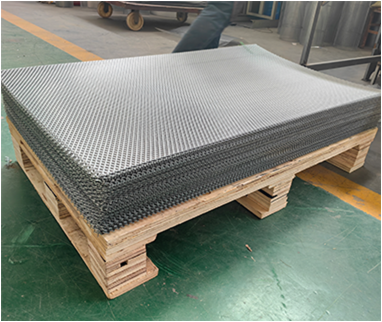 Tel:
+8615930870079
Tel:
+8615930870079
אוק . 19, 2024 15:21 Back to list
dust cartridge
Understanding Dust Cartridge A Guide to Efficient Air Filtration
In today's world, where air quality can dramatically affect our health, having efficient air filtration systems is crucial. One often overlooked yet vital component in these systems is the dust cartridge. Designed to trap harmful particles and contaminants, dust cartridges play a significant role in ensuring that the air we breathe is clean and safe.
What is a Dust Cartridge?
A dust cartridge is a filtration device typically used in industrial and commercial applications, such as dust collection systems, HVAC (Heating, Ventilation, and Air Conditioning) systems, and even in household air purifiers. These cartridges are engineered to capture particulate matter, including dust, pollen, mold spores, and other allergens, preventing them from being released back into the environment.
The construction of a dust cartridge usually includes a porous filtration material that can vary in terms of density, thickness, and material type, depending on the intended application. Common materials include cellulose, synthetic fibers, and fiberglass, all designed to optimize the filtration process while allowing sufficient airflow.
How Does a Dust Cartridge Work?
The operation of a dust cartridge is based on several mechanisms, primarily interception, inertial impaction, and sieving. Airborne particles are drawn into the filtration system, where they are captured within the cartridge's material. Larger particles are caught through inertial impaction, while smaller ones may be intercepted by the fiber structure or may get trapped through the sieving process.
As dust and contaminants accumulate, the efficiency of the cartridge can decline. Therefore, regular maintenance, such as cleaning or replacing the cartridge, is essential to maintain optimal airflow and filtration performance. Neglecting this upkeep can lead to decreased efficiency and potential equipment damage.
The Importance of Choosing the Right Dust Cartridge
dust cartridge

When selecting a dust cartridge for an air filtration system, several factors must be considered. These include the size of the particles you aim to filter, the environment in which the filter will be used, and the specific airflow requirements of your system. Using a cartridge that is not suited for your application can lead to ineffective filtration and increased operational costs.
For instance, in an industrial environment with fine particulates, a high-efficiency cartridge that can capture smaller particles is necessary. Conversely, in a residential setting, a standard cartridge might suffice for common allergens. It’s vital to consult with a filtration expert or supplier to identify the best options for your needs.
Tips for Maintaining Your Dust Cartridge
1. Regular Inspection Check your dust cartridge regularly for signs of wear or clogging. This proactive step can help you avoid unexpected breakdowns or decreased performance.
2. Follow Manufacturer Guidelines Always adhere to the recommended replacement schedule and maintenance practices provided by the cartridge manufacturer.
3. Monitor Air Quality Use an air quality monitor to gauge the effectiveness of your filtration system. If you notice a decline in air quality, it may be time to replace your dust cartridge.
4. Consider Environment If your environment changes—such as increased dust levels or new types of contaminants—reevaluating your dust cartridge is crucial.
Conclusion
A dust cartridge is a vital element in achieving better air quality, especially in environments prone to dust and allergens. By understanding its importance, selecting the right type, and maintaining it properly, individuals and businesses alike can ensure cleaner air and a healthier living or working atmosphere. Investing time in air filtration systems and dust cartridges pays off in improved health and productivity, making it a worthwhile endeavor for anyone concerned about air quality.
-
Nano Fiber Technology: Revolutionizing Cartridge Dust Collector FiltersNewsAug.06,2025
-
How Activated Carbon Air Cartridges Eliminate OdorsNewsAug.06,2025
-
Dust Filter Cartridge Handling Fine Particulate MatterNewsAug.06,2025
-
Cartridge Dust Collector Filter for Welding Fume ExtractionNewsAug.06,2025
-
Activated Carbon Filter Cartridge Effectiveness Against VOCsNewsAug.06,2025
-
Activated Carbon Air Filter Cartridge Benefits ExplainedNewsAug.06,2025

 Email:
Email:





